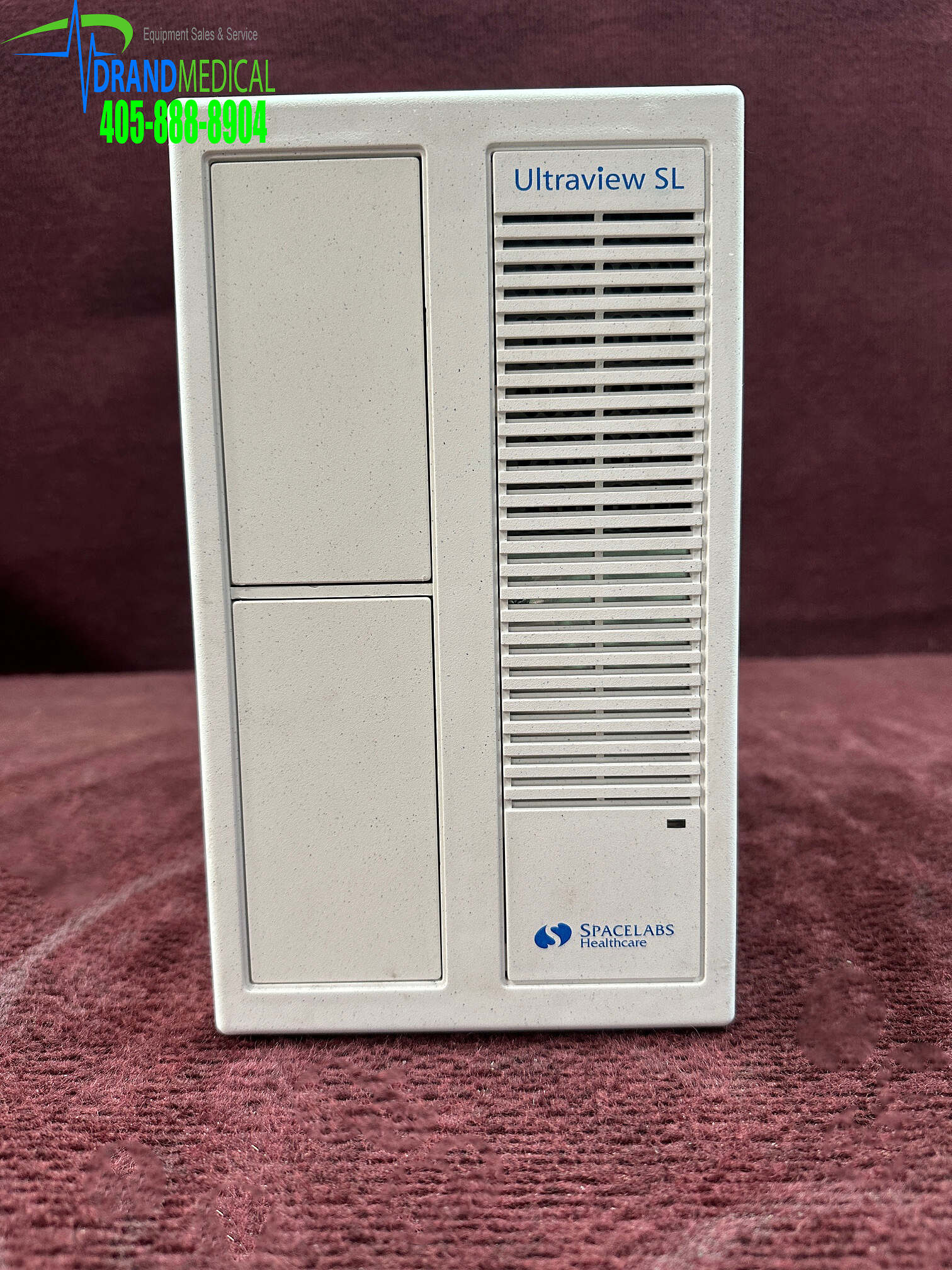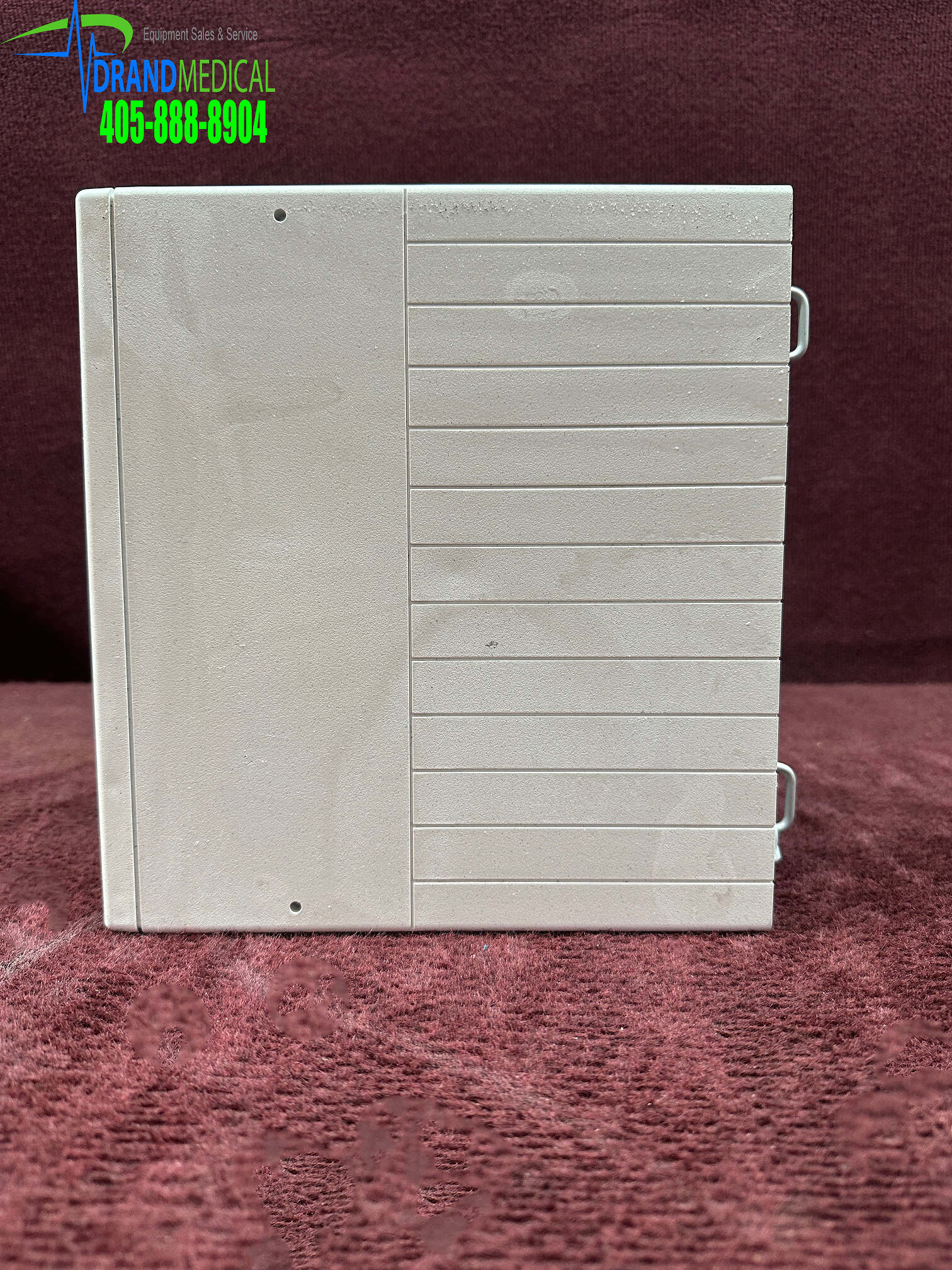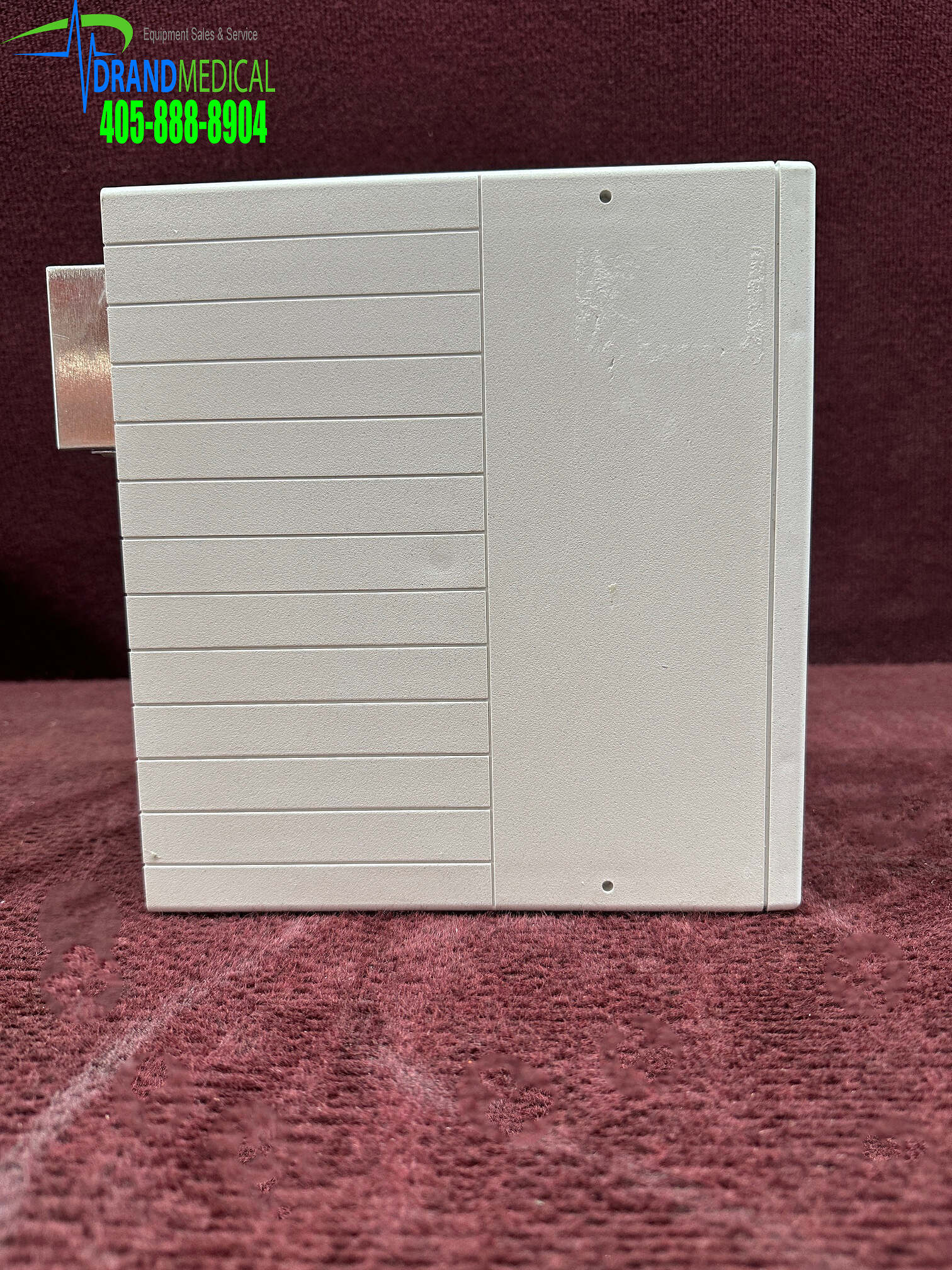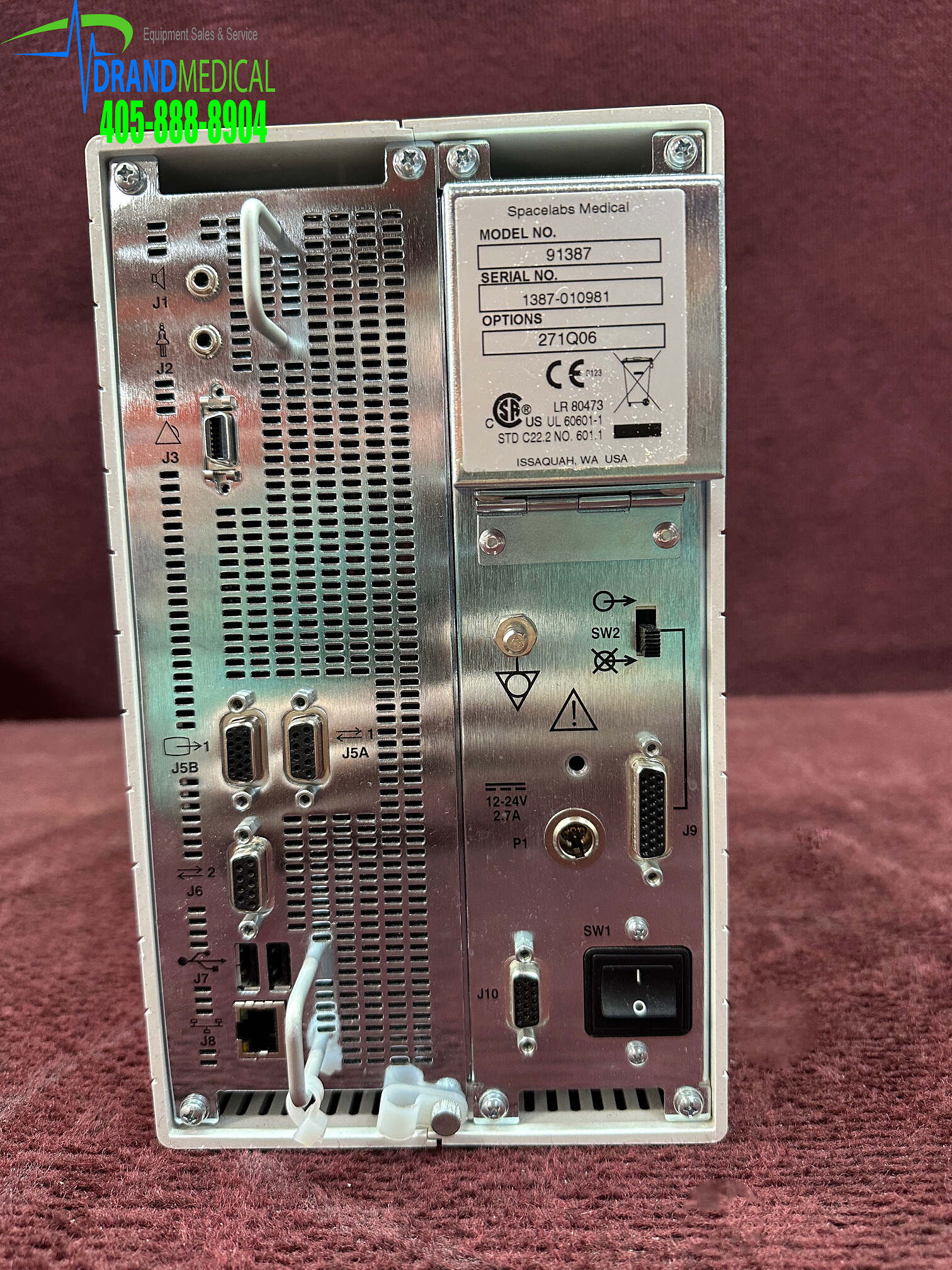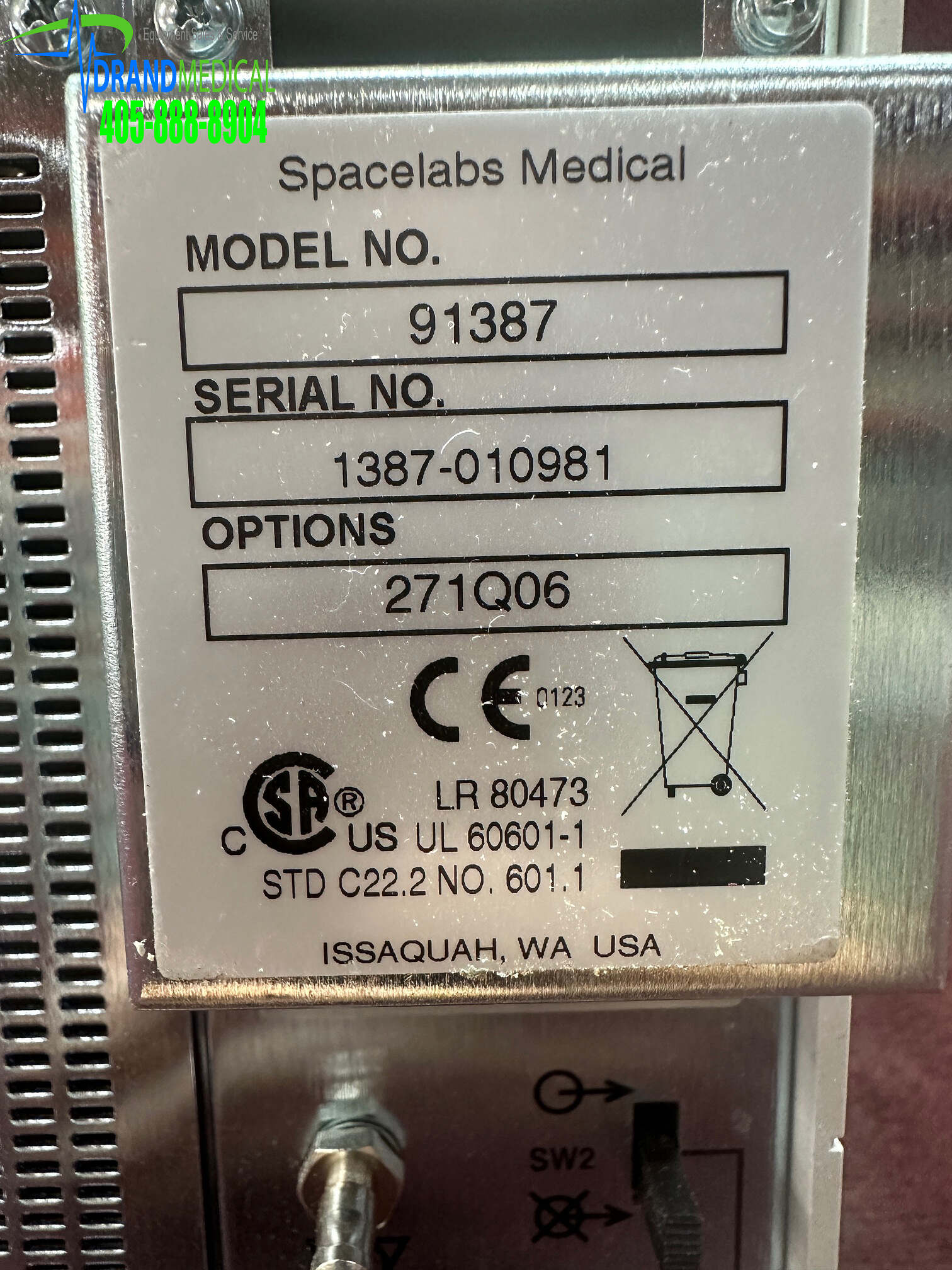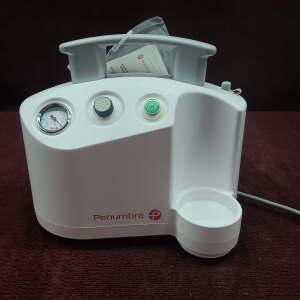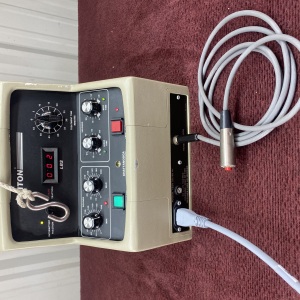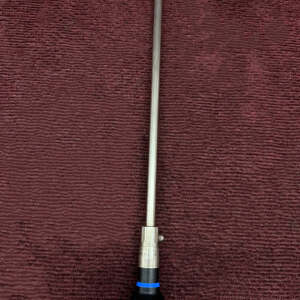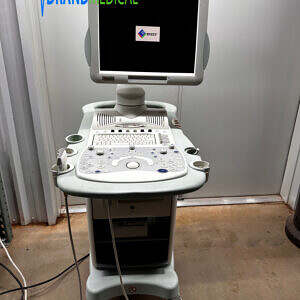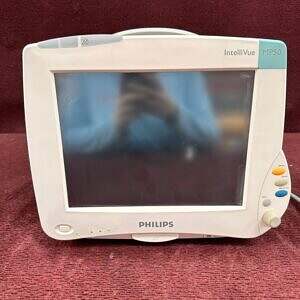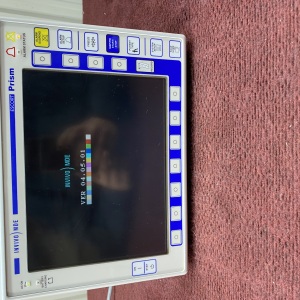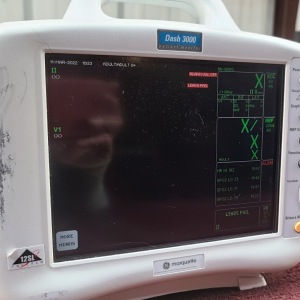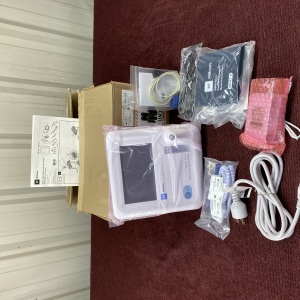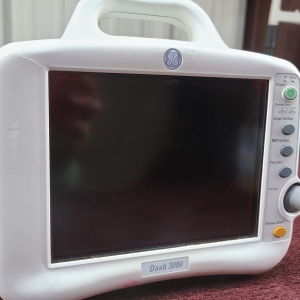Description
Overview
Spacelabs Healthcare monitors provide clinical information, when and where you need it, using a complete range of patient monitoring functions. They also are flexible enough to be set for any level of acuity, and they can be precisely and easily adjusted, using touchscreen technology. Some products also provide charting at the bedside and the ability to interact with alarms and information from other devices.
Spacelabs Healthcare networking features support seamless data acquisition and data exchange across the medical enterprise, addressing the need for continuous information management. These powerful tools enhance patient safety and help you care for patients more efficiently by providing access to, and remote control over, patient data.
Indications for Use
Spacelabs Healthcare patient monitors, functioning as either bedside or central monitors; passively display data generated by Spacelabs Healthcare parameter modules, Flexport interfaces, and other SDLC based products in the form of waveform and numeric displays, trends and alarms. Key monitored parameters available on the model 91367, 91369, 91370, and 91387, when employing the Spacelabs Command Module, consist of ECG, respiration, invasive and noninvasive blood pressure, SpO2, temperature and cardiac output. Additional parameters and interfaces to other systems are also available depending on the parameter modules employed.
Spacelabs Healthcare patient monitors are intended to alert the user to alarm conditions that are reported by Spacelabs Healthcare parameter modules and/or other physiologic monitors via Flexport interfaces. These devices determine a) when an alarm condition is violated; b) the alarm priority (i.e. high, medium or low); c) alarm limits; and d) when to initiate and terminate alarm notifications. The patient monitors are also capable of displaying alarm conditions on other monitors that are on the network through the Alarm Watch feature.
Spacelabs Healthcare patient monitors may also function as a generic display or computer terminal. As a generic display or terminal, the patient monitors allow network-based applications to open windows and display information from other networked devices.
Introduction
Spacelabs Healthcare patient monitors are also designed to communicate with a variety of external devices such as displays, network devices, serial devices, user input devices, audio systems, and local/remote recorders.
Spacelabs Healthcare patient monitors are intended for use under the direct supervision of a licensed healthcare practitioner, or by personnel trained in proper use of the equipment in a hospital environment.
Following the Introduction chapter, this Operations Manual is organized as follows:
• Chapter 2, Glossary of Terms, provides concise descriptions of features and terms used in this manual.
• Chapters 3, 4, 5, and 6 describe the bedside and central monitor features.
• Chapters 7, 8, and 9 provide detailed information about admitting and discharging patients, setting up alarm configurations, and printing.
• Chapters 10 through 29 are individual clinical parameter chapters. These chapters contain clinical overviews, diagrams of the touchscreen keys and menus specific to that particular function or parameter, descriptions of the monitor screens, operating instructions, status/error messages, troubleshooting suggestions, and other relevant information.
• Chapters 30 through 34 contain information about product and equipment specifications, cleaning and maintenance, batteries, diagnostic messages, and symbols related to Spacelabs Healthcare products.
Your system configuration, including the options ordered, may be different from the configurations described in this manual. Refer to the notes in this manual describing the features affected by system configuration.
Warning:
• Visually inspect all patient cables or sensors each time the unit is used. Check for worn or damaged plastic covering, frayed or broken wires, cracked connections, or any other signs of damage. Do not use cables or sensors that exhibit obvious damage.
• If the equipment is dropped, abused, or damaged in any way (if the monitor or module becomes wet, for example), a qualified field service engineer or biomedical engineer must verify that the unit is working correctly and that all safety features are intact.
• Because of the potential for electromagnetic interference, electronic devices (for example, portable communication transmitters, cellular telephones, personal computers, electronic toys, and other medical devices) should not be operated within 3.5 feet (1.07 meters) of the patient, patient leads, or associated monitoring equipment until the devices can be evaluated by the biomedical engineering staff.
• Failure to properly configure this device prior to network connection may alter network time, or corrupt patient data.
